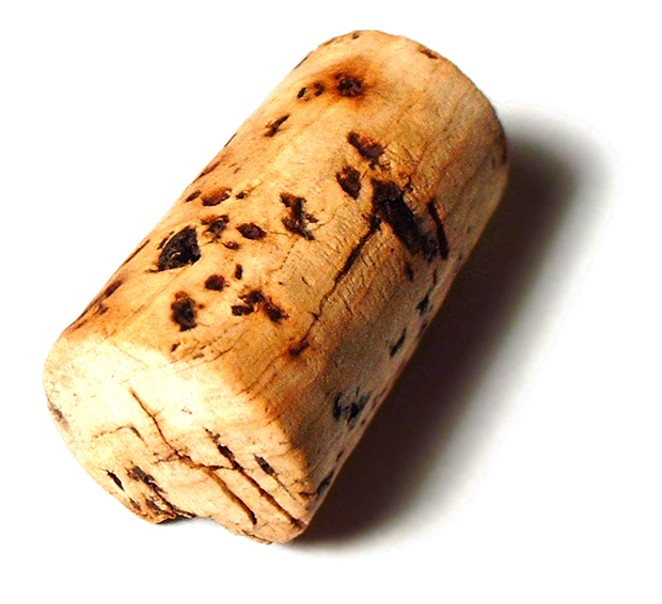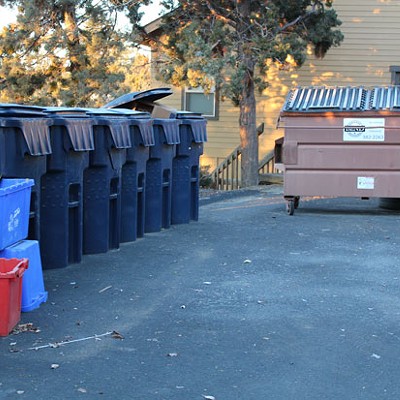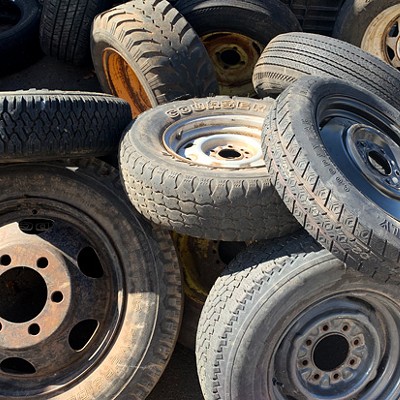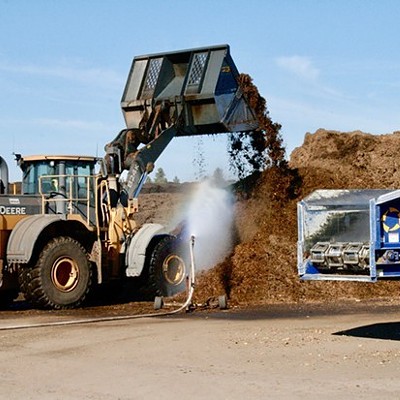Oh, the ritual of opening wine. Present the bottle, swirl and taste, maybe even save the corks in a glass jar. Made of all-natural materials, cork hits every mark for sustainability: biodegradable, renewable, reusable, recyclable, compostable and harvested by hand. Yet the variety of wine packaging now includes screw tops and synthetic corks, and containers are changing, too. How do these options compare from an environmental perspective?

The Cork Oak Tree
Natural cork comes from the bark of an ancient species of evergreen oak tree native to the Mediterranean region. From Southern Europe to Northern Africa, cork oak forests cover over 6 million acres, providing critical habitat for a wild array of migratory songbirds, raptors, butterflies and wild bees, wolves and boars. In fact, the area is second only to the Amazon rainforest for biodiversity. The endangered Iberian lynx, once on the verge of extinction, has rebounded in Portugal's cork forests with help from conservation organizations that support both the economy and ecology of the cork forests.
Local communities have harvested cork for generations, stripping bark by hand once every nine years, like shearing wool from a sheep. The harvest doesn't harm the tree—it actually encourages a longer life span—and each tree lives up to 300 years.
Ponder this fact the next time you pull a cork from a wine bottle: cork is the only carbon-negative wine stopper. According to an analysis by PriceWaterhouseCoopers, every cork captures 112 grams of CO2. Cork forests serve as a giant carbon sponge, absorbing over 160,000 tons of CO2 annually.
Recycling Cork
Except for the craftiest of cork savers, most wine drinkers end up tossing corks into the trash. The easiest way to avoid the landfill is to add corks to your compost or yard debris (remember that biodegrability part?) A better choice is to ensure the corks are reused, by dropping them at cork collection bins, located at grocery stores in Bend.
Whole Foods collects corks for Cork Reforest, which sends the corks to Western Pulp in Corvallis, Ore., to be reused in packaging materials. Newport Market works with ReCork, which transforms old corks into new products like yoga blocks and footbeds for flipflops. ReCork also offers an online database to help consumers identify wines that use natural cork.
Cork Alternatives
Considering the benefits, why isn't every bottle stopped with cork? Natural cork often gets the blame for cork taint: a perfect storm of mold, chlorine and plant phenols that ruin the aroma and flavor of wine. APCOR, a wine industry group, estimates that cork taint affects up to 2 percent of wine bottled with cork, enough for winemakers to consider alternatives.
Cork forests serve as a giant carbon sponge, absorbing over 160,000 tons of CO2 annually.
tweet this
Screw caps have exploded in popularity, especially for wines meant to be drunk soon after bottling. Wine drinkers love the easy-open benefit; winemakers appreciate the consistant seal on the wine. Screw caps are made from aluminum, a recycling champion, and a polyethylene liner. However, producing the screwtops creates a carbon footprint far greater than natural or synthetic corks, according to APCOR.
Synthetic corks may prevent cork taint but have other problems. Made from injection-molded plastic, they're not biodegradable. Some are recyclable at centers that accept #7 plastics, but Deschutes Recycling doesn't accept them. Synthetic corks also cost about 10 cents each—a fraction of what winemakers pay for natural cork.
Rethinking the bottle
Whichever type of stopper is used, wine's greatest carbon output comes from transporting heavy glass bottles. According to Ron Penner-Ash of Free Public Wines, more than half of a winery's energy use goes into packaging and transporting the wine—but canning changes that number dramatically.
"Aluminum is 35 times lighter than glass," explained Penner-Ash. "Cans pack efficiently and reduce the shipping load so they are super earth friendly. And cans are picnic or concert friendly, too," he added.
Boxed wines offer another mixed set of environmental considerations. Boxes lighten the shipping load, carrying several liters at minimal weight. The liner bags keep that generous volume preserved for weeks after opening, but eventually they add to the glut of landfilled plastic. Most recycling companies, including Deschutes Recycling in Bend, cannot accept boxed wine bags because they fall into the same category as used food wrap or bubble wrap.


























